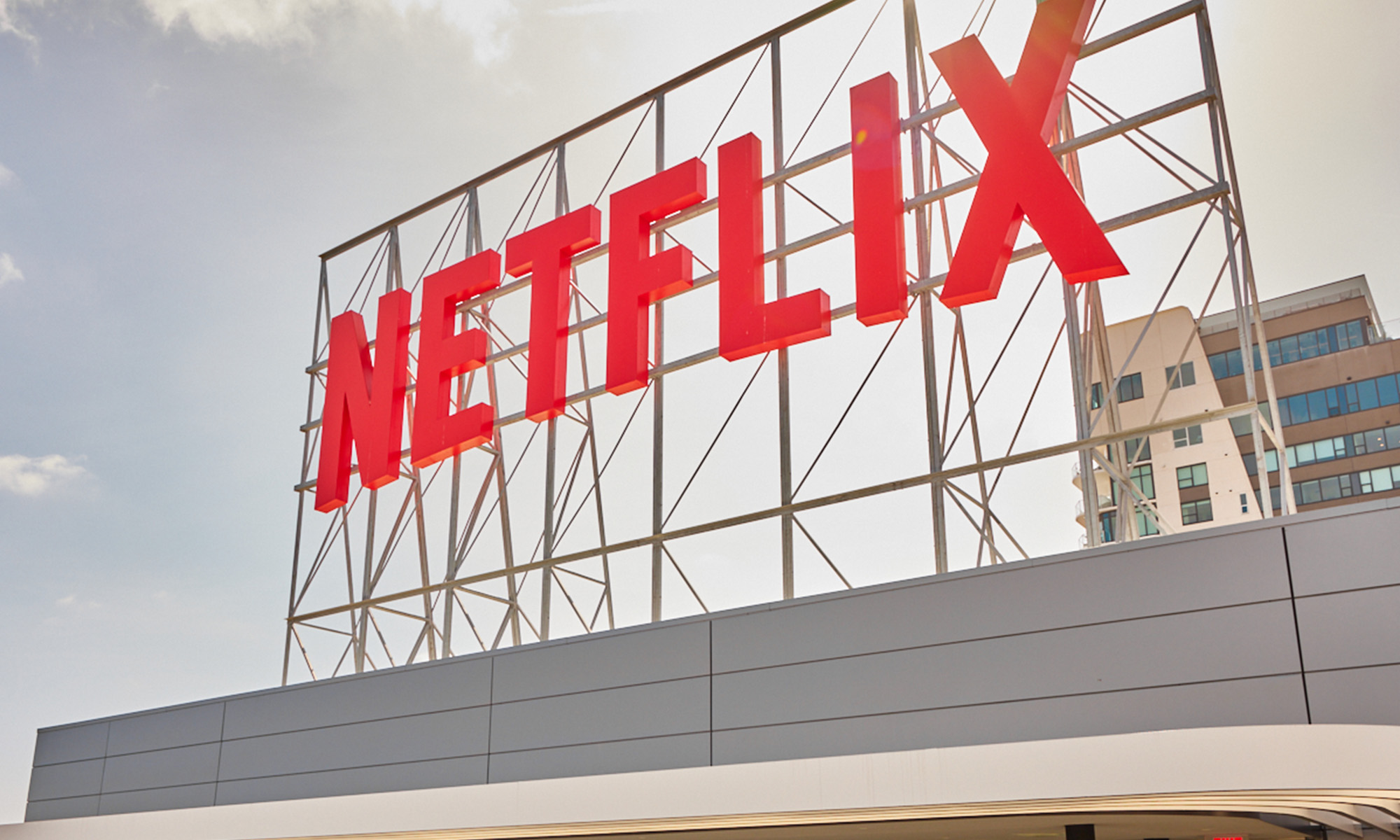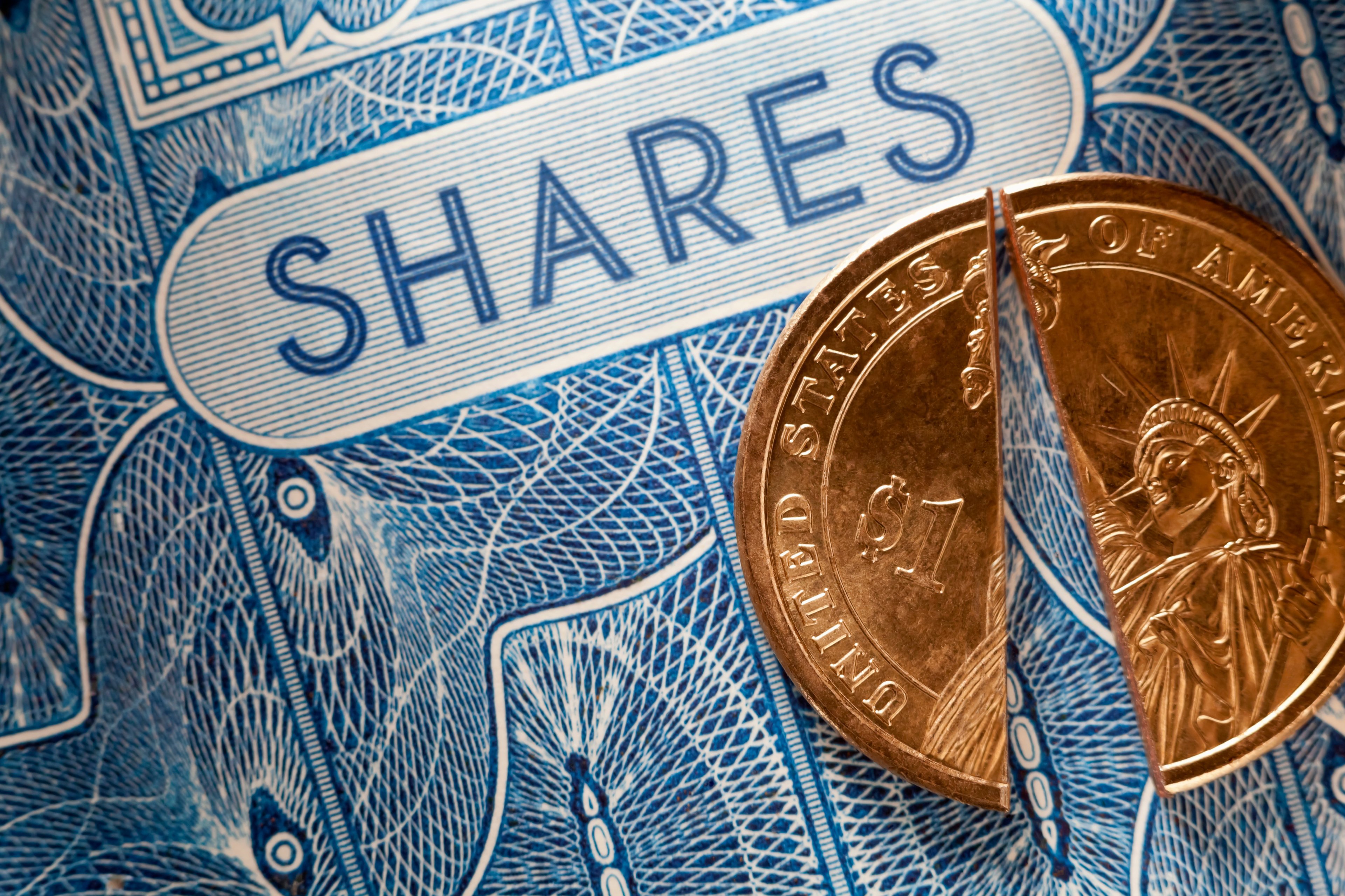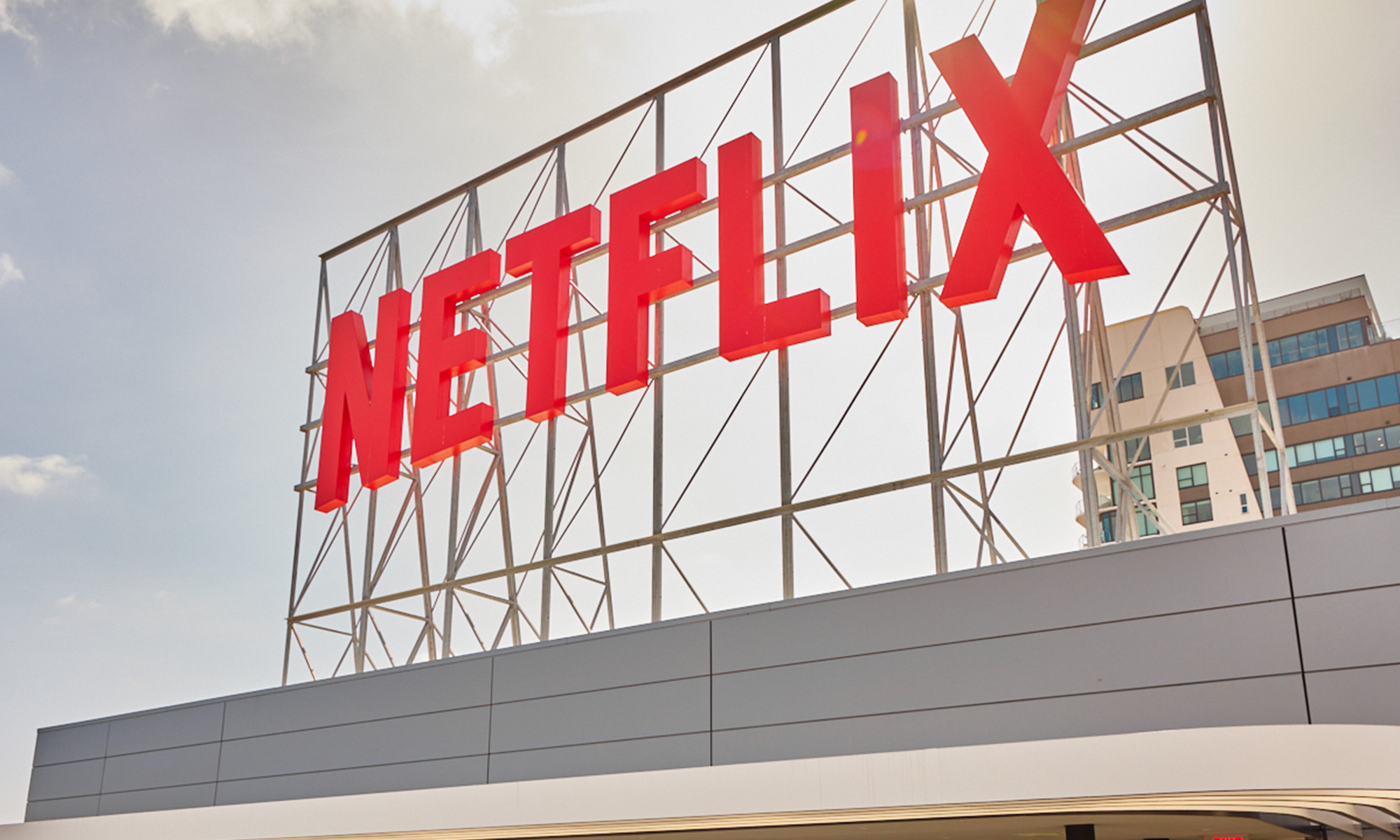The release of Disney+ on Nov. 12 was so widely popular that it caused its system to have difficulties. The next day, Disney (DIS +0.13%) said the number of signups on the first day exceeded 10 million. With an initial offering of 500 movies and 7,500 episodes at $6.99 a month or $69.99 per year, Disney+ offers a significant value proposition to consumers.
Since announcing the release of Disney+ on April 11, Disney's stock is up 16.5% to $151.58. Disney did an excellent job unveiling the streaming service by giving the market information to quantify the impact on the company's revenue and profit. Disney said it expects 60 million to 90 million signups within five years. At the midpoint of the range of subscriptions, the potential revenue contribution Disney+ will have in five years will be $6.3 billion annually.
Disney owns a majority stake in Hulu, which has reached 28.5 million subscribers, as well as ESPN+, which is fully owned and has over 3.5 million paying customers. Adding Disney+ provides a complimentary benefit because it can now offer a bundle of all three services at $12.99 per month. The price is still below Netflix's (NFLX +1.18%) basic plan of $14.99/month.

Image source: Disney
Viewer data gained on Disney+ will drive better creations
Spending millions and even hundreds of millions of dollars to make a movie for theatrical release is a risky proposition. Disney has made it look easy with its box office dominance over the last decade. No other movie studio has reached $7 billion in annual box office sales. In 2018, Disney hit that milestone for the second time. The success of Frozen 2 puts it in arm's length to hit that milestone again in 2019.
It can evaluate the information gained from the app to better inform which movies it should make next. Armed with viewers' data from Disney+, the probability of a Disney movie flopping at the box office goes from small to smaller.
Disney can leverage the data from apps across its many creative studios, including Marvel Studios, Pixar, Lucas Film, National Geographic, Disney Channel, Walt Disney Television Studios, Touchstone, 20th Century Fox, and FX. Up until March 20 when it acquired Fox, most Disney production focused on families, teens, and young children. The acquisition of 21st Century Fox with all its content creating assets allows it the opportunity to leverage the information gained from its streaming apps across all four quadrants male and female, adults, and kids.
The most popular movies will become attractions at parks
Disney is continuously updating its parks and attractions to stimulate interest from potential visitors and to increase the lifetime value of those consumers by enticing them to visit more often. At its April media day, management said, 'our advanced analytic tools and deep machine learning will allow us to better serve consumers by delivering a highly personalized experience.' It can use viewer data to bring life to characters and attractions that have resonated with the public to attract new visitors. The ability to leverage data from its streaming apps at its parks is a competitive advantage not available to Netflix.
Per capita spending at its parks was up 5% even as Disney raised ticket prices by more than 20% over the past five years. The higher spending is a result of spending on merchandise food and beverage, which got a boost from sales of Frozen and Toy Story merchandise.
The most recent creations are Star Wars: Galaxy's Edge, which opened at Disneyland and Disney World on Aug. 29, and a Marvel-themed park slated to open in 2020. There's no doubt these additions were informed by the enormous success the franchises experienced at the box office.
What is the strategic significance of the data collected?
The information Disney will gain about viewers' tastes and preferences through its Disney+ app will be strategically significant. Content consumption through streaming services has been growing 50% annually from 20 million hours a day in 2010 to an expected 1.2 billion hours a day in 2020. Controlling its streaming service will give it yet another form of information and monetization capabilities. Over time this information will translate into better customer experience, improve the customer value proposition, and strengthen its pricing power.
What does this mean for investors?
The introduction of Disney+ makes its stock an excellent value. Its P/E at 22.82 is less expensive than Netflix, which is selling for 101.23, and based on its ROIC, Disney is a far better steward of capital. Disney has $20.9 billion in cash and receivables and $51.7 billion in debt, which is plenty of cash to fulfill its direct-to-consumer rollout. Disney spent $1 billion on original content this year while Netflix is expected to spend $15 billion. It does not have to spend as much because of its treasure trove of assets it already owns.
Here's a look at how the two companies' ROIC has evolved over the past five years:
| Company | 2019 | 2018 | 2017 | 2016 | 2015 |
|---|---|---|---|---|---|
| Netflix | N/A | 12.5% | 10.4% | 7.12% | 8.32% |
| Disney | 10.41% | 21.79% | 21.24% | 22.73% | 21.3% |
Source: Mergent
Long-term investors should consider starting a position in Disney and building on those positions as it continues to grow its streaming subscribers and proves the ability to handle a more massive load on its system.






